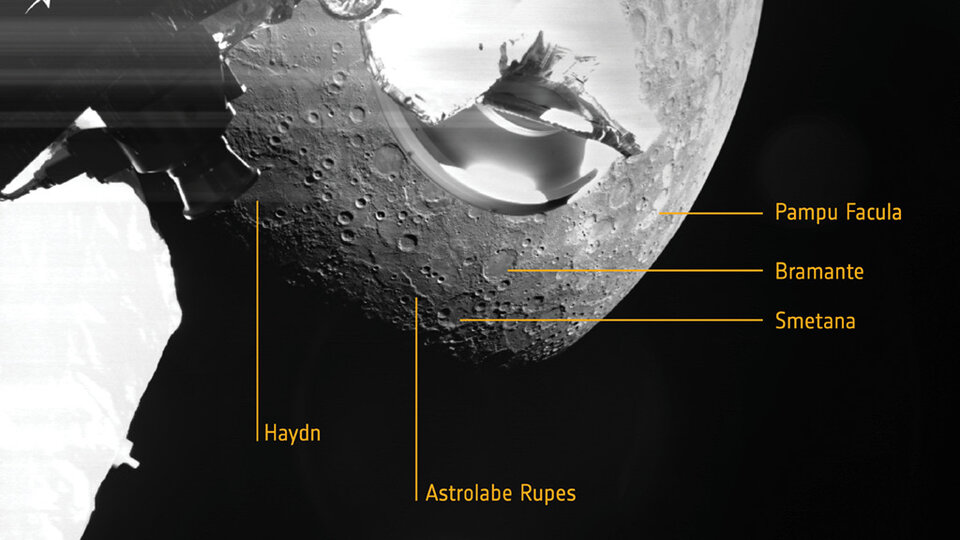

BepiColombo recently had its first close flyby of Mercury, its eventual mission target, and got to snap some pictures to commemorate the event. Even at this early stage of the mission, these images are some of the clearest we have ever had of the innermost planet.
The spacecraft itself passed within about 199 km of the planet’s surface. Unfortunately, it was on the night side of the planet at that point, and as such, nothing was visible on the surface from that close. However, the probe did start taking photos immediately after the closest approach, and up to 4 hours later. Impressively, it also directly sent the messages back to its handlers on Earth within 12 hours.


Scientists’ general first impressions of the new images were positive. In addition to capturing the planet’s surface, mission controllers attempted to capture images of the probe’s equipment itself to check its structural integrity. All appeared nominal, ensuring the probe will be in good shape to start conducting its scientific mission in 2026 after five more flybys of Mercury (and a few of Earth and Venus).
In the images of the planet, several distinct features are visible, including some craters that are of interest to planetary scientists. Before they get a chance to explore them in more detail, though, the probe will have to slow down to begin its primary science mission. When that starts, BepiColombo will actually split into two different orbiting probes – ESA’s Mercury Planet Orbiter, which will primarily be responsible for mapping the planet’s surface, and JAXA’s Mercury Magnetospheric Orbiter, which will take a closer look at the planet’s core.
Some of the scientific instruments on those probes were operating during this first flyby, though their data still needs to be analyzed. Mission scientists expressed their excitement at getting their hands on some of the first data and what the mission would have in store for when it starts full operations in about five years. Until then, they can look forward to the next Mercury flyby, which is scheduled to take place next June.
Learn more:
ESA – BepiColombo’s first views of Mercury
UT – BepiColombo Meets Mercury for the First Time on October 1
UT – The First Images and Videos from the Double Venus Flyby
UT – BepiColombo – Mission to Mercury
Lead Image:
Series of images snapped by the BepiColombo orbiter during its first flyby of Mercury, its eventual target, in October 2021.
Credit – ESA
Well that’s ruined all my lectures! I’ve spent years talking about space and a go…
According to Darwin, life on Earth may have first appeared in warm little ponds. This…
The habitable zone is where planets could have liquid water on their surfaces, but not…
Air travel produces around 2.5% of all global CO2 emissions, and despite decades of effort…
Researchers study enigmatic asteroid Kamo'oalewa, as China’s first asteroid sample return mission moves toward launch.…
In 2007, astronomers discovered the Cosmic Horseshoe, a gravitationally lensed system of galaxies about five-and-a-half…